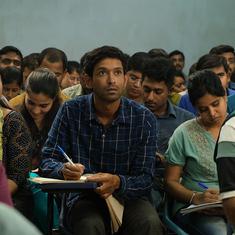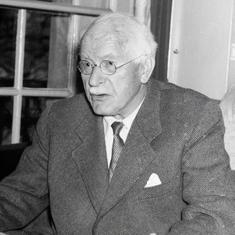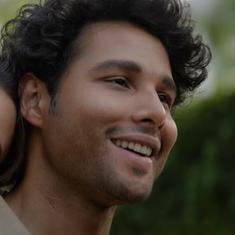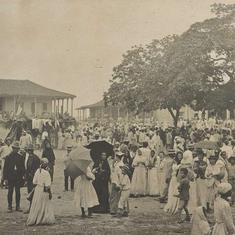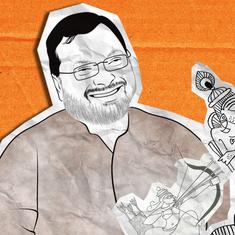It looks like a scene from an adventure movie. In a monastery founded in the year 1410 lie boxes and boxes of priceless treasure gathering dust. Exquisite art objects like precious thangkas, carved ivory, Kashmiri bronzes, ritual implements, musical instruments, costumes, religious texts and elaborate dance masks. All covered in years of soot from oil lamps.
The Matho monastery is a 20 kilometre drive from the Chamba Camp (a luxury camp in Thiksey with plush tents and valets) in Leh, Ladakh. En route to the entrance of the monastery lie green barley fields and whitewashed chortens or Buddhist shrines. Dorjey, a local guide, explained that Matho, in its maroon and cream hues, sitting atop a rocky cliff overlooking the mighty Indus, was the only monastery of the Sakyapa sect in Ladakh – one of the four main sects of Tibetan Buddhism. The Sakya sect dates back to the 11th century and practices tantra as its central teaching.
The Matho monastery is said to have been founded in the 15th century on a spot where a deer lay on a stone. Over the years, it has become famous for its annual Oracle festival, held in spring. The chosen monks go on a ritual fast and meditate to purify themselves, after which they enter a trance, answering the villagers’ questions.

In the courtyard of the monastery, local women sit in the sunshine, making small bundles of alfalfa grass. The corridor is enlivened by beautiful murals of fierce-looking protective deities and mandalas. A small board announces, “Take a look at the restoration upstairs.”
What few visitors to Matho know is that the monastery is a treasure house of Himalayan Buddhist art, and that is about to change soon. On the first floor is a large room where women sit at tables and the shelves are lined with paints, brushes and stationery. This is the restoration centre, where old parchments, paintings and Ladakhi art is restored.
Nelly Rieuf sits cross-legged on a carpet, overseeing the restoration work – she is a qualified engineer and has a degree in restoration of Himalayan art. Rieuf was working on an art restoration project in Mustang, Nepal, when she met a monk from Matho. Impressed by the Frenchwoman’s work, he offered her a job to restore Matho’s treasures. Rieuf moved here in 2011.
The Matho project is a collaboration between the monastery, the National Museum Institute, non-government organisations and volunteers from museums across the world. “Volunteers usually come for a three-month period,” said Rieuf. “Some of them return for another year, enriched by their previous experience.”
Rieuf is a one-woman powerhouse: she raises funds for the project (which needs around 70,000 Euros annually), oversees restoration and is also actively involved in the community. Above her table is a chart with markings which she explains is an attempt to locate a permanent water source for locals. She is working on tapping underground springs and piping them into homes. The women in the restoration room work reverentially on each piece – one touches up an old mask, another restores the fraying fabric of a thangka while another is bent over a painting. Each uses only natural materials and pigments.
“A lot of precious art has been damaged by water and dampness,” said Rieuf. “The statues are the most challenging to restore. You have to think in three dimensions. Each piece can take as much as three months, it could be from the 9th century. These women are very efficient – they have picked up restoration techniques and love their independence.”
Museum on top
Rieuf’s main project also involves the building and design of a three-storey monastery museum, in which all the restored treasures will be housed. “The roof terrace will be the highest point of the area, offering a panoramic view of the valley and the snow-capped peaks,” she said. The museum will have three themes for each of its exhibition floors: the ancient, a tour of Matho Monastery’s history and its monks’ rituals. The museum’s construction is environmentally-friendly and respects local traditions, using materials like clay and wood which are suited to Ladakh’s extreme temperatures and the threat of earthquakes.
Rieuf is also working on a pilot project with a Ladakhi-German organisation to increase accessibility to monasteries in Ladakh, which face several challenges because of their geographical isolation and the unpredictable weather. The monastery supports the project materially, with basic construction material and food and shelter for all the volunteers. “We stay together in a guesthouse as a team, and share a good rapport and working relationship,” she said. “That helps in this rough terrain.” Rieuf is also expecting her second child. “Every day is an adventure.”




